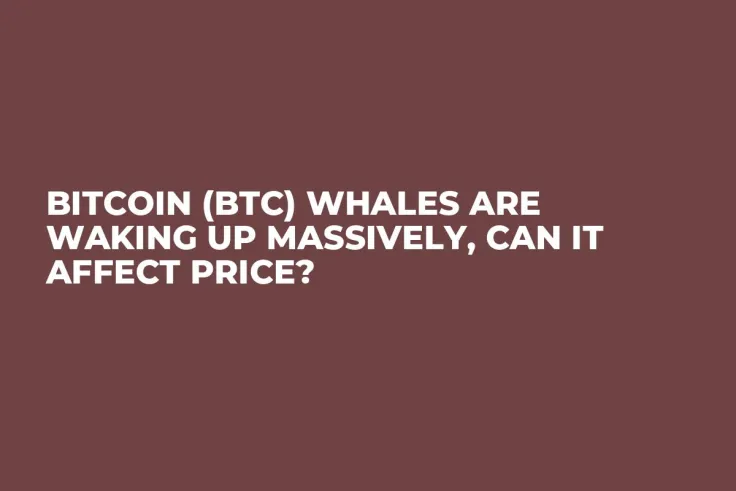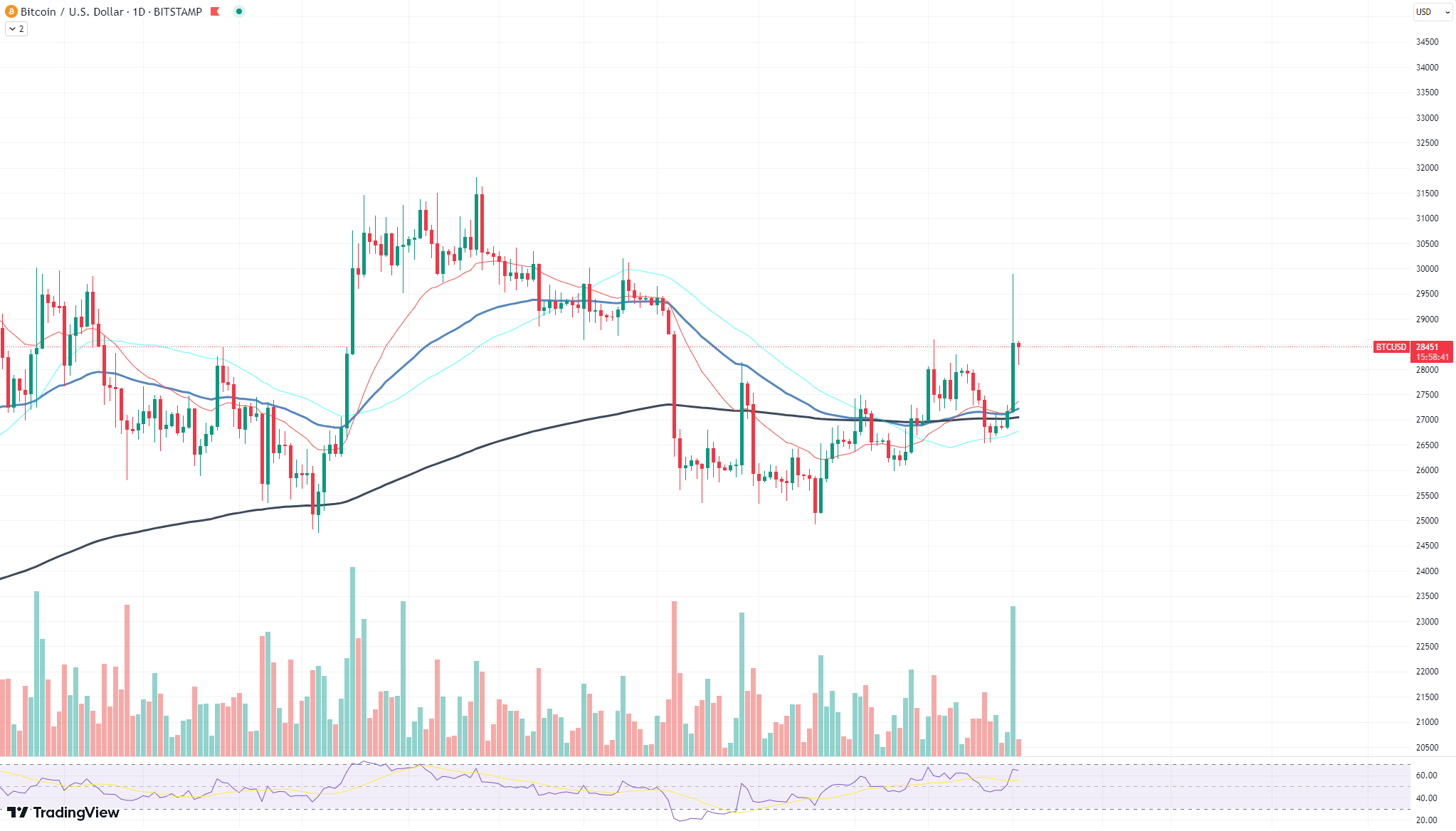
Disclaimer: The opinions expressed by our writers are their own and do not represent the views of U.Today. The financial and market information provided on U.Today is intended for informational purposes only. U.Today is not liable for any financial losses incurred while trading cryptocurrencies. Conduct your own research by contacting financial experts before making any investment decisions. We believe that all content is accurate as of the date of publication, but certain offers mentioned may no longer be available.
The fascinating dance of Bitcoin's price has always been closely linked with the behavior of whales. These large-scale Bitcoin holders, often with the capability to influence market sentiment, are showing signs of heightened activity. The evidence? The average holding period for transacted BTC has recently dipped to just four months, hinting at a substantial wake-up call among long-term Bitcoin holders.
The charts provide a clear visual representation of this uptick in activity. From a historical perspective, this four-month holding period was notably observed in January '22, following a significant bull market, and previously in July '21. Both instances were remarkable as they were juxtaposed with pivotal market moments, particularly capitulation events.

Such patterns generally signal a phase where investors, after holding onto their assets for an extended period, decide to sell, often in reaction to market uncertainties or aiming to prevent further losses.
One might wonder why this surge in activity from long-term holders is essential. Historically, whenever there has been increased movement among these holders, it typically precedes significant price shifts, either upward or downward.
If we observe the corresponding Bitcoin price chart, we notice specific trends. The price action after these active periods of long-term holding shows heightened volatility. While causation is tricky to establish on financial markets, the correlation between whale activity and price action is certainly compelling.
But what does this mean for the average holder? With the potential influence of whale activity, significant price fluctuations can occur swiftly, leaving little room for reactive strategies.

 Dan Burgin
Dan Burgin Vladislav Sopov
Vladislav Sopov U.Today Editorial Team
U.Today Editorial Team